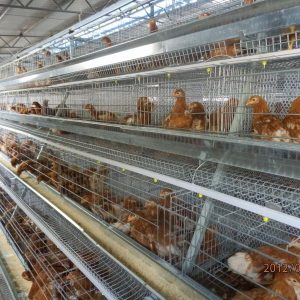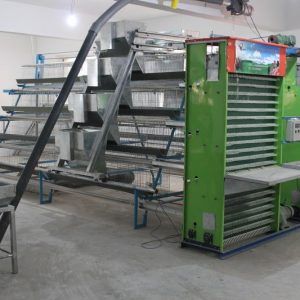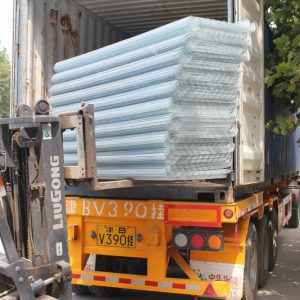
Main points of management of four-year ventilation in chicken coop
Whether raising chickens in captivity or stocking, there must be a coop for the chickens to live in, or to rest at night. However, the chicken coop is generally closed or semi-closed, and the taste in the chicken coop is not very good, so it must be ventilated at any time. The poisonous gas generated by some excrement is very bad if it is kept indoors. Therefore, we must pay attention to the problem of ventilation in all seasons. Then let’s understand how to ventilate together.
1. Ventilation method
Mechanical ventilation is divided into positive pressure ventilation and negative pressure ventilation. The negative pressure forcibly exhausts the polluted air with an exhaust fan. Positive pressure is to use the fan to expel the air strongly, the air output is less than the air intake; natural ventilation, open the window to use natural wind and indoor air to form hot-pressed flowing air, suitable for open chicken houses, but in order to exclude toxic gases, use axial flow Ventilator; mixed ventilation, divided into longitudinal, with an exhaust fan installed on one end of the gable, and an air inlet on the other side. The horizontal direction is that the fan and the air inlet are set on two opposite walls of the chicken coop.
2. Spring and Autumn Ventilation
In these two seasons, the temperature changes greatly, and the temperature rises and falls, so the ventilation can be carried out when the temperature is high during the day. As long as the temperature does not drop to the time when the flock can not adapt, you can strengthen the ventilation as much as possible. Mainly air exchange, exhaust gas, moisture, dust. When the temperature drops at night, vertical ventilation cannot be used, and horizontal ventilation is required. In the spring and autumn seasons, the overall mixed ventilation method is used.
3. Summer ventilation
Summer ventilation, with the effect of cooling the summer, the greater the wind speed, the chickens feel cool, so summer can strengthen ventilation. Longitudinal ventilation is used, and a wet curtain is set up, which is suitable for closed chicken houses. The ventilation amount needs to be specially calculated, and the most suitable ventilation amount is determined according to the area and space of the chicken house. Natural ventilation, you can open more skylights.
4. Winter ventilation
In order to keep warm in winter, all exhaust air must be turned off, and the time-controlled chicken house must be used for minimum ventilation. When using it, pay attention to the outdoor cold air cannot be directly blown to the flock. Regular ventilation is required, and the ventilation time should be set, generally no more than once every five minutes. If the temperature fluctuates too much, stop ventilation.
The temperature of the chicken house should pay attention to the temperature. According to the seasonal temperature change, choose the appropriate ventilation method, and it is not necessary to fix the ventilation method.


